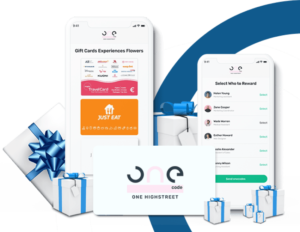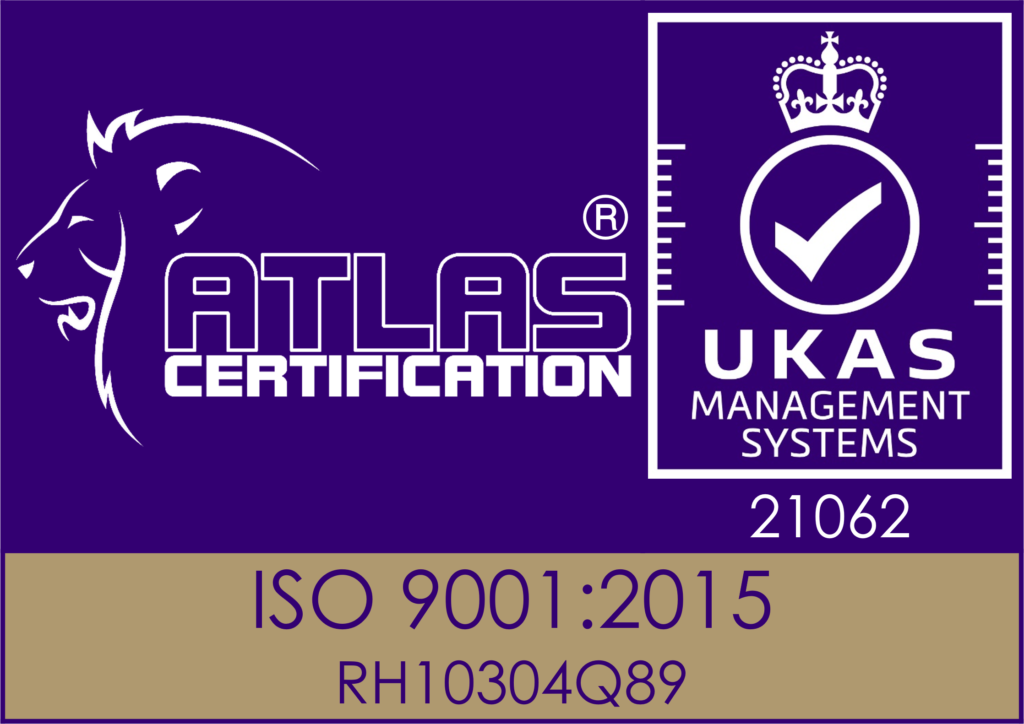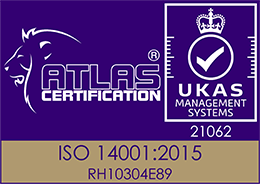Reward and recognition for hard work amongst employees is the number one way to improve engagement and boost all areas of an organisation including process, output and bottom line, so getting a reward and recognition programme right really matters.
An analysis of strategic recognition shows that for companies who do it well:
• Employee turnover is 24% lower on average • 79% success rate in achieving established goals • Average total shareholder return is 24% higher where 60-70% of employees are engaged • Staff frustration levels are 28% lower than workplaces where no one is recognised
Employees also benefit and state improvements:
• 55% strongly agree the quality of the scheme impacts on their job performance • 85% who feel meaningfully recognised go above formal responsibilities • 84% believe they can positively impact product quality • Engagement increased by 60% • Identify 98% more strongly with organisation values
Research shows implementing a formal gift program is the most effective approach, which helps reshape culture and working relationships, offers the best value for money and can be used to align the workforce with specific goals or behaviours.
This isn’t just a marketing pitch – it’s science backed. As far back as 1987, a study by Entwhistle showed that when an employee performs successfully, it leads to organisational rewards – and investigations show that the level of motivation involved is directly related to outcome.
A study conducted by Ali and Ahmed in 2009 confirmed that there is a statistically significant, direct and positive relationship between recognition and work satisfaction and motivation (r = 0.86, p < 0.01), meaning if an approach to recognition were to change, there would be a correlating change in work motivation and satisfaction. Improvements in recognition structure influence improved engagement.
**So how can you deliver a reward and recognition programme and what are the essentials of a great programme? **
Align values with performance
Recognition works when it influences employee performance by aligning individuals with company values. Why? It starts building a culture of doing the right thing, and creating a positive emotional connection between employer and employee.
By highlighting and rewarding the behaviours we wish to see repeated and rewarding specific results and behaviours positively it reinforces those actions. Receiving a gift or prize for a great performance has the power to reach and motivate different personalities; it inspires future achievement, ignites competition and builds loyalty.
Make reward and recognition simple
While recognition itself directly affects engagement, a formal program also affords other benefits. This is why infrequent rewards aren’t as strong. A formal programme has multiple benefits, such as:
• Quicker identification of high and low performers • Set and monitored budget • Companywide fairness in reward • Increased loyalty • Reduced turnover • Improved employee morale • Improved Employee Value Proposition for potential hires
Ensure good take up
Strong take up of a rewards program is more likely to lead to robust engagement levels and therefore a better performance overall, leading to customer retention and long term growth – so maximising usage with successful delivery is paramount.
Where the goal is to improve employee engagement the program must of course be engaging for its users by giving them what they want. We know that three quarters of people choose to shop online, and more than 80% of people use a smart phone.
People, in general, access the internet every day using multiple tools, so making reward and recognition readily available on every digital platform – desktop, tablet, mobile phone – means full exposure to rewarding managers and recognised employees at work, at home and on the go, increasing overall usage.
In this instance, employees are the reward program customer, and customers now prefer a self-serve website arrangement with an offline option and customer service on hand when they need it.
A reward and recognition program built around a specific set of employee expectations means they’ll be invested. What else do employees want from their rewards program? According to research, employees want a reward system to:
• Clearly indicate the behaviours rewarded and why
• Be fair: afford equal rewards for equal achievement and be available to everyone working in the same role
• Be accessible: available online and on mobile (offline if necessary), be easy to use and understand, reached by remote workers
• Give frequent rewards, but with a purpose: for achieving suitably challenging outcomes, performing above standard, and so on
• Is embraced by management, who take the lead in ensuring its companywide take up and regular usage
• Fits with existing culture: coherent branding, immersed into Employee Value Proposition and communicated companywide
A short survey prior to build can identify specific drivers for engagement, and the program can be designed to appeal accordingly.
Allow the right reward to be selected
While delivery plays a huge part in the success of a recognition program, so do the rewards themselves – and cash rewards are not the solution to employee recognition.
In a study of gift exchange in the workplace, it was found that a gift in kind results in a significant and substantial increase in productivity, while an equivalent cash gift is largely ineffective.
An increase in fixed wages had no significant impact on worker productivity, but a gift – even when its monetary value is communicated– results in 30% more output on average.
An additional experiment showed that workers would favour the cash equivalent if given the choice, even though it was less effective – the reason being that gifts are a signal of kind intentions, and therefore a superior psychological mechanism for gifting relations, considered to be more thoughtful and to more credibly reflect regard. Despite being the gift employees would choose, it is less effective in improving engagement.
There are other benefits to non-cash rewards. A tangible gift is a ‘true’ gift; a personal and specific gesture (often a keepsake) which can be shared with family or shown off to colleagues, a power cash generally doesn’t have.
Similarly, gift card and points recognition have a communicable value which is more likely than cash to be openly discussed in the workplace, doesn’t disappear into the daily budget and therefore results in a memorable, and emotionally valuable, spending experience.
The importance of memory and shared discussion cannot be underestimated in creating a powerful reward and recognition program in which people want to take part.
An effective reward and recognition program to improve employee engagement won’t come off the shelf, but should be crafted to strike a chord with managers and employees at all levels by reflecting what your organisation stands for, addressing what employees need and nurturing emotional connections forged by managerial staff.
A reward and recognition program is more than a way to show staff what good looks like – it’s also the shaping of a culture where people are thanked and respected for their contributions, and begin to associate achievement with satisfaction. This, and the emotional connection, is paramount in improving employee engagement, and reaching emotional triggers is deeply rooted in considering and addressing needs; design a program around what employees say will engage them.
To create opportunities for management-employee relationships to be improved, inspire success and make reward available anywhere at any time, begin with a Simply Thank You program.
Getting started with your reward and recognition programme
Bespoke programmes from Simply Thank You are designed for user flexibility and to gather specific information as directed by management.
When it comes to getting started with your Simply Thank You program, begin with the end in mind: what will employee engagement look like at your organisation, what behaviours will it preserve, what cultural changes will it produce? Specific goals at design stage allow your bespoke program to gather the specific information that allows it to continue working into the future.
To design a programme that fits and shapes company culture, research and pilot a scheme that gathers the information you need to build the perfect bespoke program with Simply Thank You. We are here to help!







